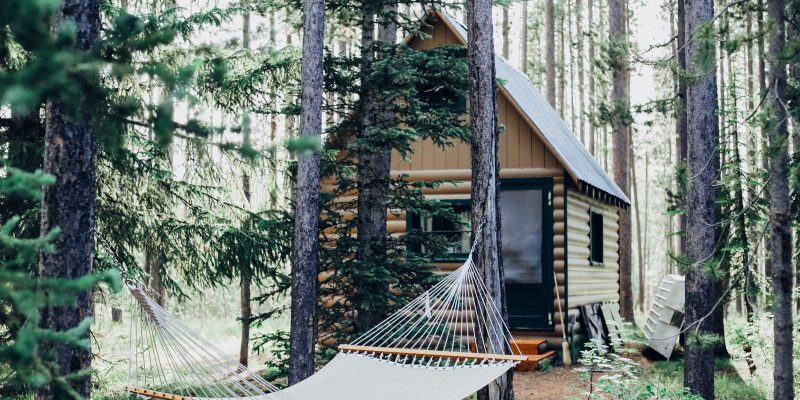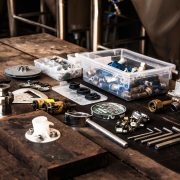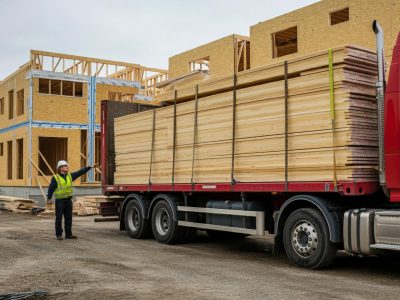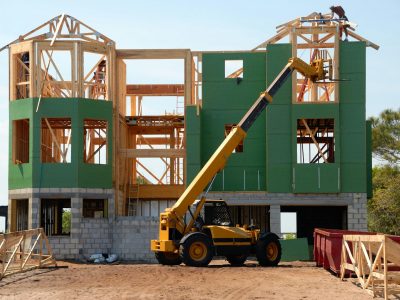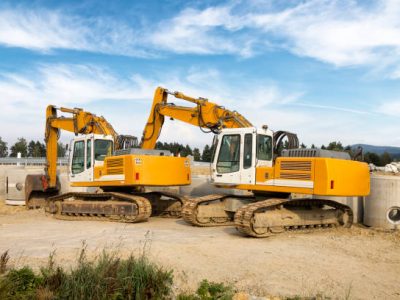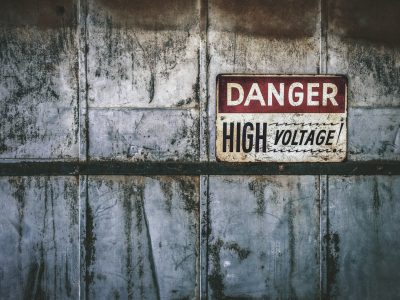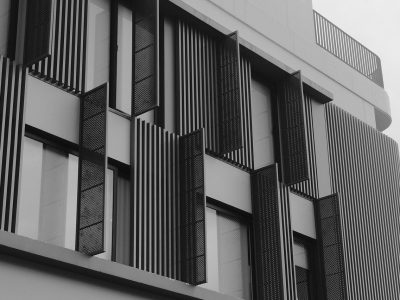When it comes to designing the perfect small cabin, there’s a lot to consider. From deciding the square footage to finding the right materials for your walls, it can be overwhelming. But don’t let that stop you from making your dream cabin a reality! This blog will help break down common mistakes so you can avoid them when designing and building your perfect small cabin. Let’s get started!
Not Incorporating Energy Efficient Materials and Systems
When designing a small cabin there are certain mistakes to avoid that can prove costly in the long run. One of the biggest mistakes is not incorporating energy efficient materials and systems. Not planning for efficient energy systems can impact both your pocketbook and the environment by increasing utility bills, creating uncomfortable living spaces and generating more pollution. Start by looking at Truoba small modern cabin plans to get the vision you need for your next project.
To make sure this doesn’t happen, it’s important to conduct a thorough energy audit of your cabin before designing and building it. This will help you identify any areas of wasted energy or potential for improvement. Additionally, you should use materials designed for maximum insulation value and choose appliances that are Energy Star-rated or even higher-efficiency models if available. Put in the effort upfront to find out what your custom features need, so you can make intelligent purchases and plan accordingly for cheaper, more efficient heating and cooling solutions.
Making these efforts ahead of time to use energy-efficient materials, tools and equipment while design your small cabin may cost more in initial investment but it will definitely save money long term due to lower utility bills resulting from minimized waste on cooling/heating together with better climate control inside the building which could lead to improved occupant satisfaction levels.
Not Hiring a Qualified Designer or Architect
Designing a cabin doesn’t have to be difficult and with the right tools and team in place, it can be an enjoyable experience. However, without the right guidance, even the simplest of cabin design tasks could end in disaster. It is important to consider hiring a qualified designer or architect before you start designing your cabin as they will have the right skills and knowledge to help you make the right decisions.
Working with a qualified professional will ensure that your plans are safe, efficient and are within necessary codes. They can analyze your land for any site-specific challenges as well as ensuring that necessary safety measures are applied from the beginning. This could save you both time and money during construction when any issues detected at this stage may be too late to fix.
A designer or architect should also consider all aspects of a successful design including space layouts, efficient use of materials and visuals so that the finished product looks polished. This could also be beneficial when selling on in later years as potential buyers may look for qualities such as energy efficiency or functionality which could increase value down the line.
Conclusion
A small cabin is a great way to treat yourself and your family to a retreat without committing to a major construction project. By including thoughtful designs and avoiding common errors, you can make the most of your space and ensure that the entire family enjoys their time in the cabin.
When designing the perfect small cabin, it is important to identify what you need versus what you want — this will help ensure that you do not overspend or overcrowd the space. It is crucial to plan out your layout before building; be sure to include details such as windows, doors, stairs, counters, seating areas and shelves. It is also important to think about insulation and heating/cooling methods for comfort. Lastly, taking a good look at building codes in your area can help you avoid mistakes at each stage of the cabin construction process.


